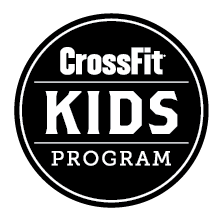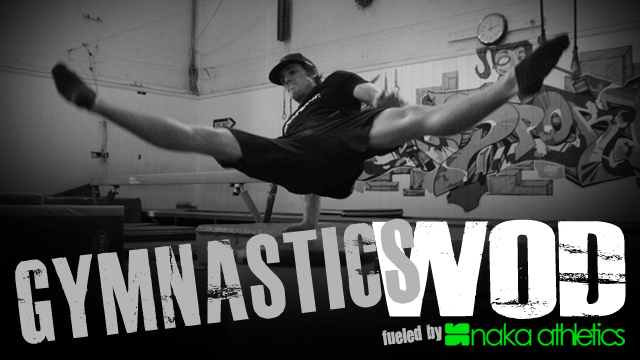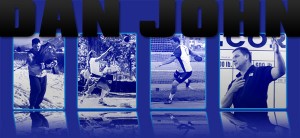17
Mar / 13
Let the Music Play! Music Redux
Categories: Rest Day
posted by: Alia

Music is an integral part of CrossFit. Beyond the countdown buzzer, cacophony of weights being moved, heavy breathing and groans; music is usually in the background. Always motivating. You may have noticed each coach has their own flavor of music. Brian did a great guest post about music. Sean flies his Country flag high on Thursday skill days, occasionally Marcus gets dirty and dubby at night, Jake grabs his air guitar and strums it out to classic rock and I have enjoyed Classical grand overtures during a row (via headphones, no one else seems to enjoy it).
Dr. C. I. Karageorghis, Ph.D. submitted a study in which he documented the effects of music on athletes. He identified 4 ways in which music may aid in performance. The full study can be read here
In short.
1: Music can distract you in a positive way. During submaximal repetitive exercise such as running, music can narrow a performer’s attention and as a consequence,
divert attention away from sensations of fatigue. Effective dissociation tends
to promote a positive mood state through the avoidance of thoughts
that relate to the fatigue component of mood.
2. Music can be an upper and a downer, in a good way. Music alters arousal levels and can therefore be used as a form of stimulant prior to competition or as a sedative to calm over-anxious athletes.
3. Moving to the beat. There are similarities between rhythm and human movement; hence, the synchronization of music with exercise consistently
demonstrates increased levels of work output among exercise participants.
4. Learning from the beat. A little bit harder to grasp but think of gymnastics or cardio type dancing. The rhythmical qualities of music also emulate patterns of physical skills; therefore, music can enhance the acquisition of motor skills and create a better learning environment. I secretly enjoy listening to a bit of Country sometimes whilst working on the rings. There, I said it. Internet will always have this documented.
Having music is just as important as the right music. Trying to pull a sub 5 minute “Annie” probably won’t be fueled by Styx’s Sailing Away. Dr. C. I. Karageorghis identifies 4 ways to find the right music.
First, owing to the fact that people have an underlying predisposition to react to rhythmical stimuli, the Rhythmic Response to the music is the most salient factor. Second, the melodic and harmonic aspects of music shape the listener’s interpretation and influence mood state. Third, the Cultural Impact of music will influence the listener’s response through socio-cultural upbringing and previous exposure to music. Fourth, the Association factor which relates to the extra-musical associations evoked by music, i.e., sound can promote sounds that inspire physical activity.
I would recommend going to Pandora and Spotify to discover new music if your playlist is becoming predictable. I would also check out mixcrate.com; free to download mixes by some really amazing DJ’s. You can get up to 90 minutes of non stop music. Music can be very helpful and inspiring. What gets your blood pumping?


 310.465.6565 |
310.465.6565 |
























comments